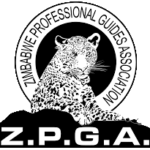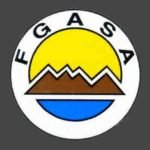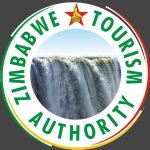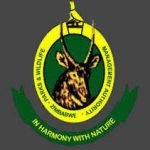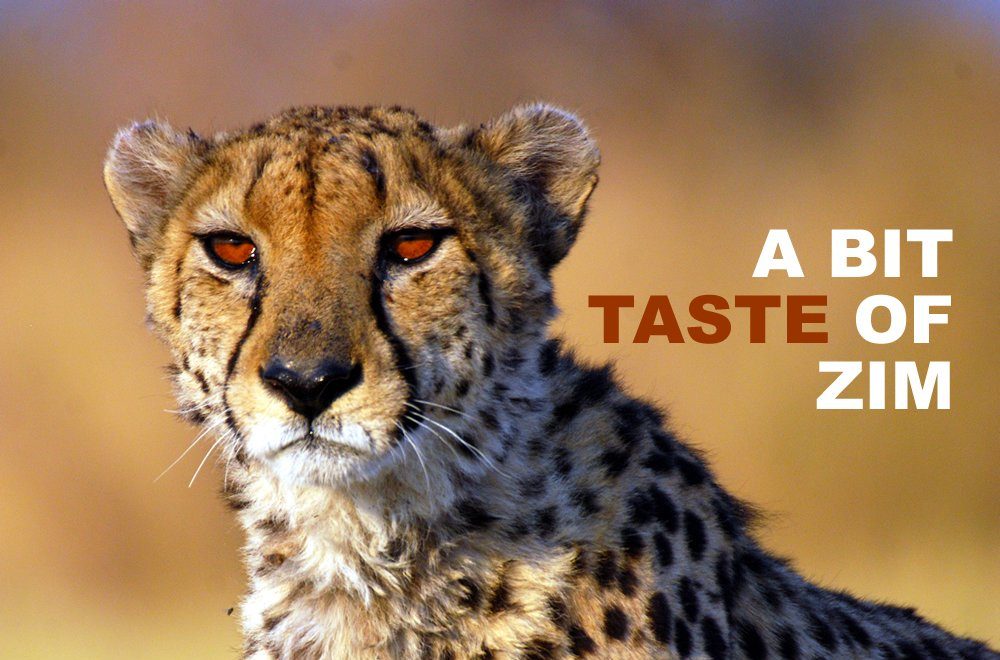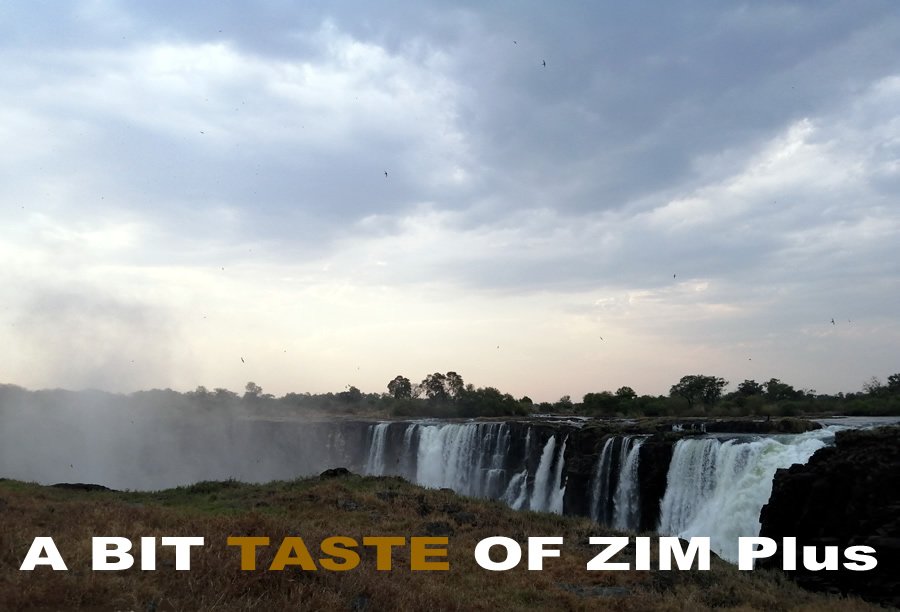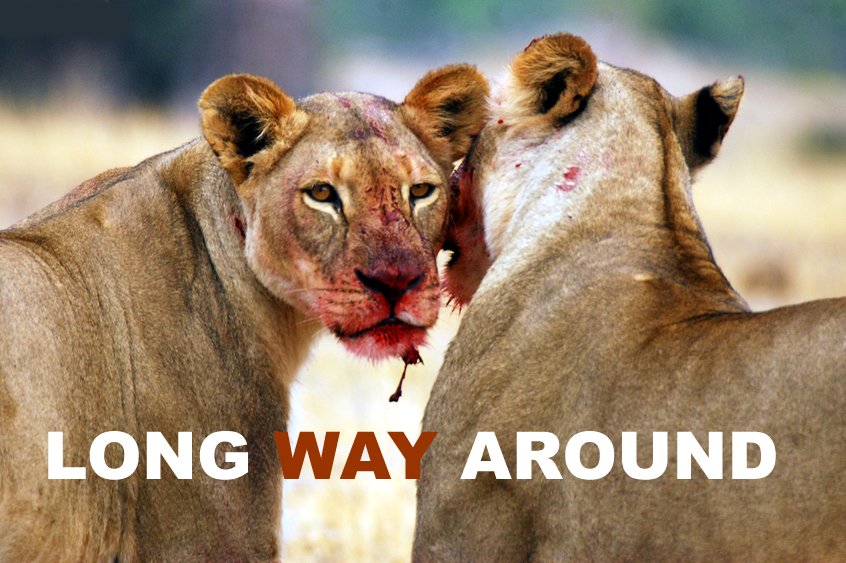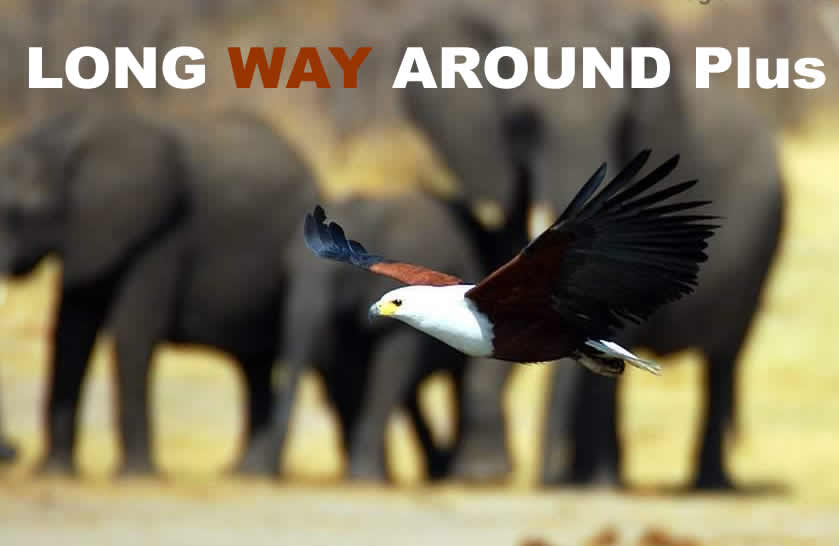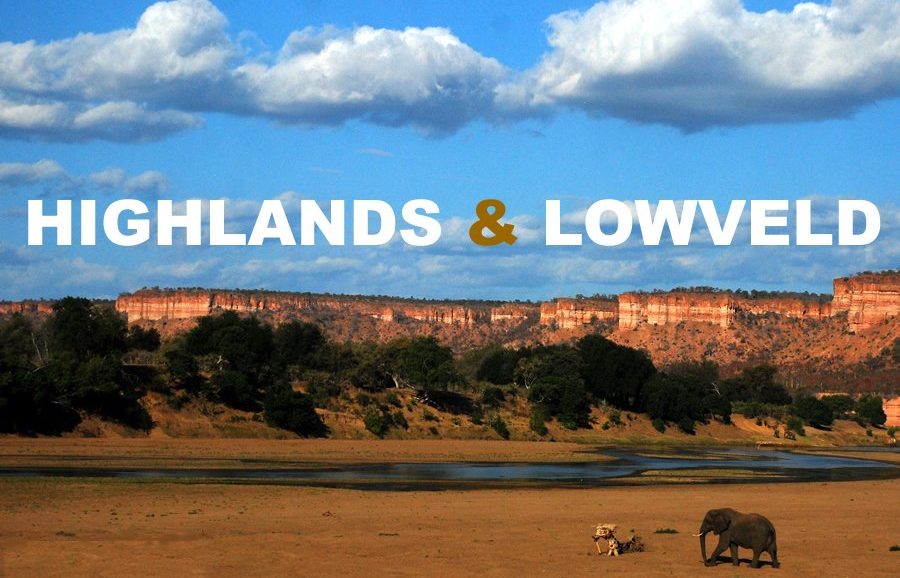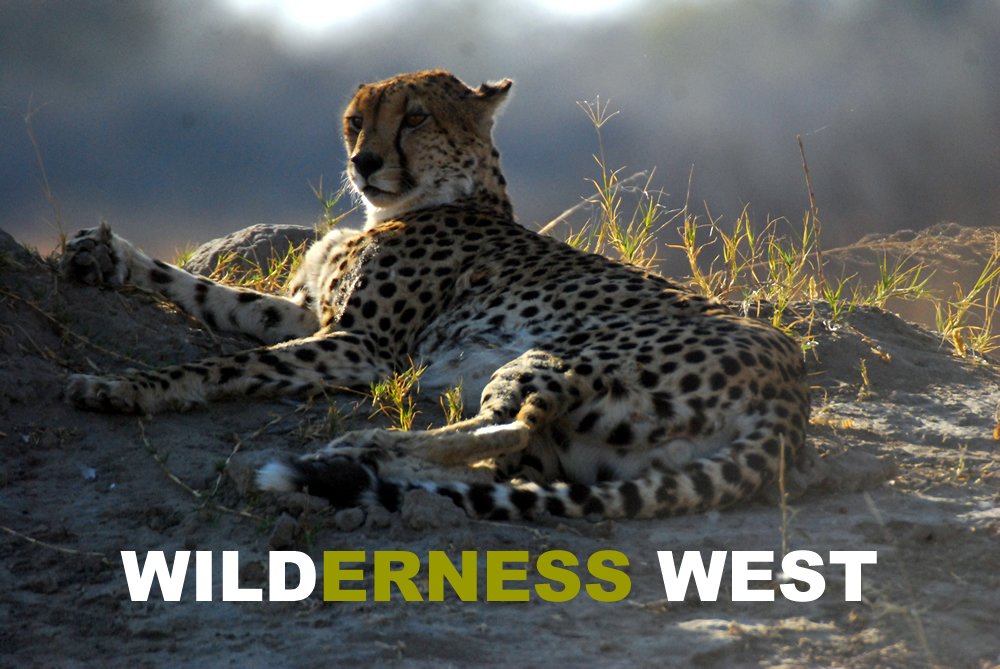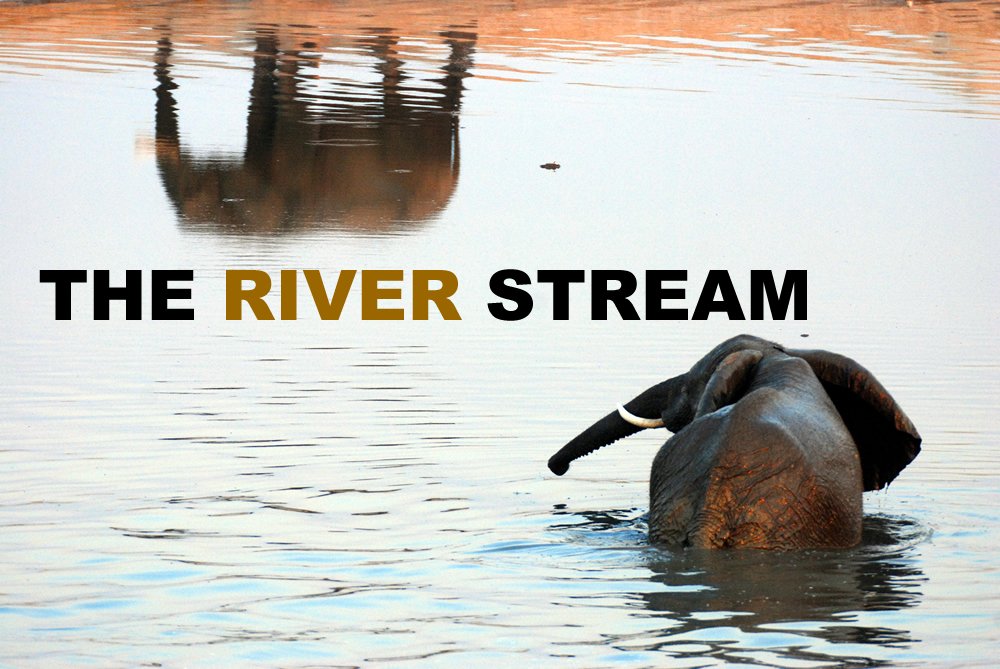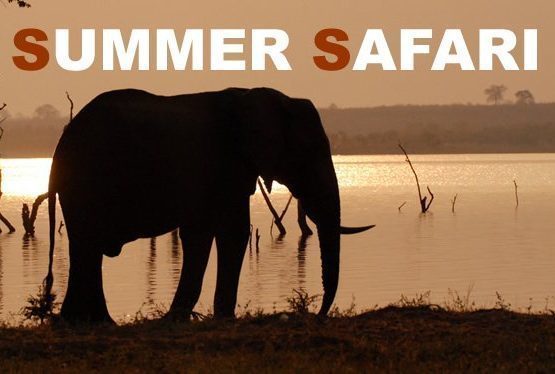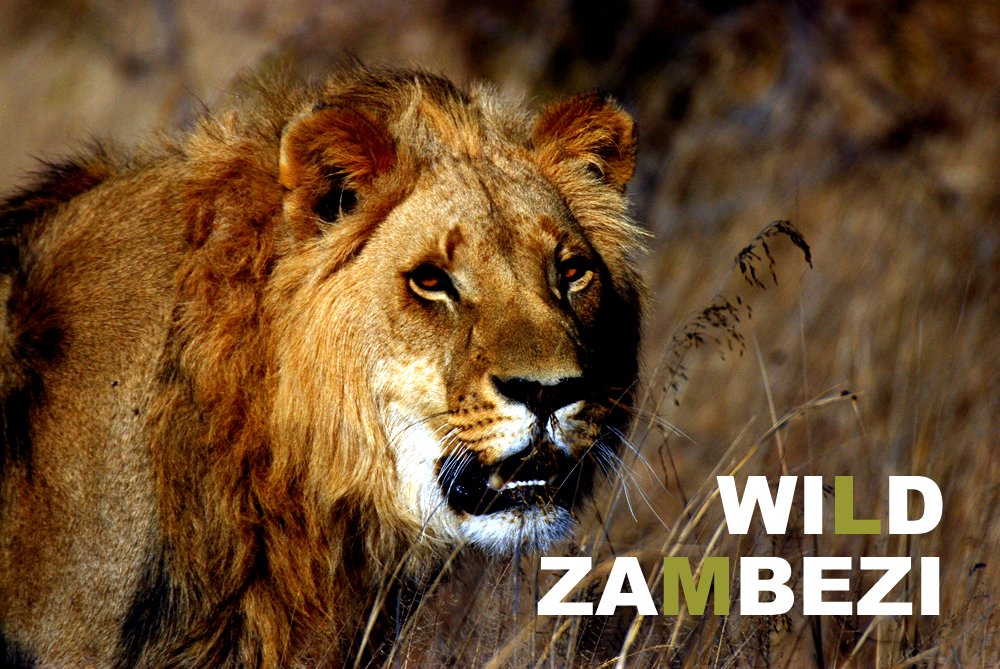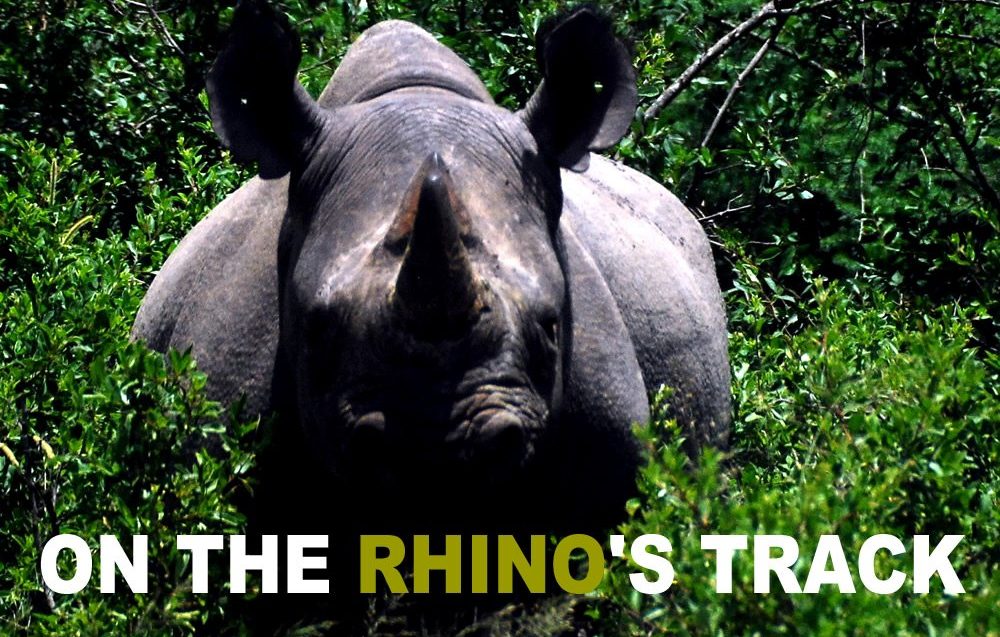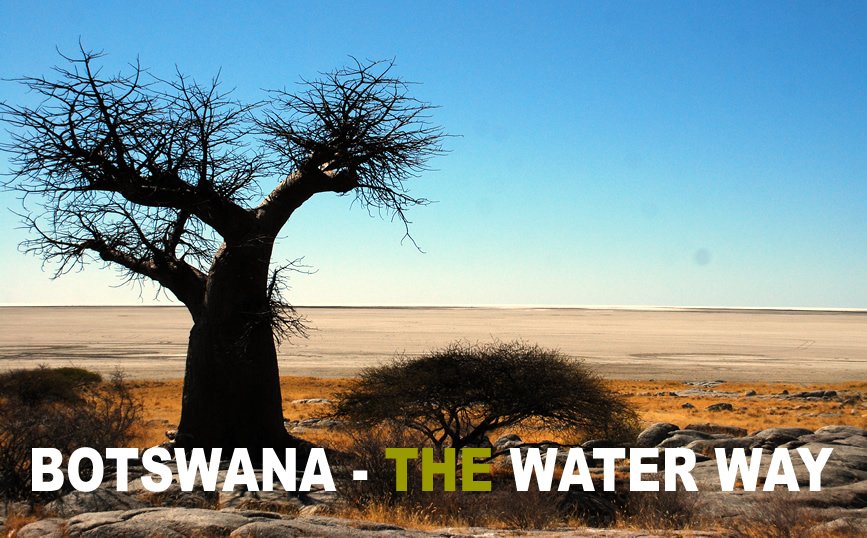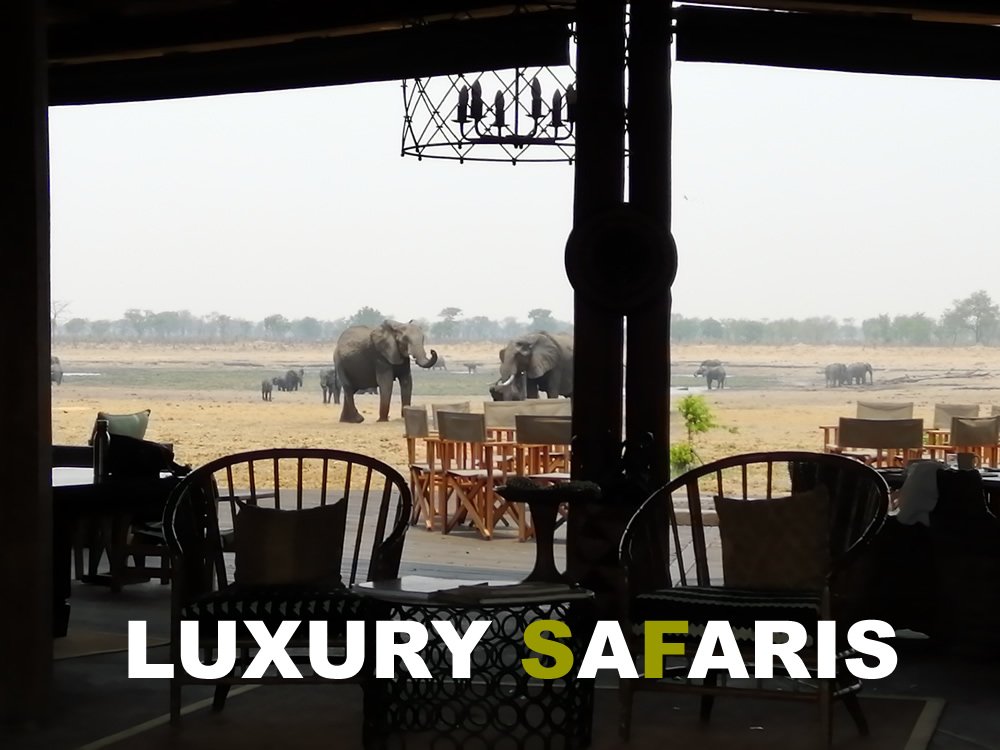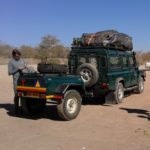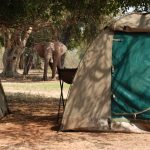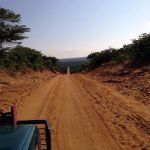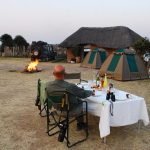Malaria is a disease transmitted by parasitic protozoa of the genus Plasmodium and is widespread in Africa, Asia and South America. The vector of this parasite is a mosquito of the genus Anopheles, an insect responsible for the transmission of more than one disease. The first stages of life of the mosquito (egg, larva and pupa) preferably occur in fresh and still water, while the adult stage occurs in a subaerial environment, with mainly crepuscular and / or nocturnal habits. The adult is similar to many other species of mosquitoes which feed mainly on nectar. The Anophele female, however, needs to integrate its diet with extra proteins during the development of the eggs, and it founds it in blood of vertebrates (usually mammals) that sucks thanks to the modified sucking apparatus, which, unlike that of the male, is also able to sting. The female of Anopheles, attracted by carbon dioxide and sebaceous secretion (produced by the epithelial glands of mammals) lands on the skin and pierces a capillary. It then injects saliva containing an anticloths substance to suck out the required amount of blood. It is at this stage that Plasmodium, present in the mosquito’s saliva, can be transmitted into the host’s body. Although malaria is a plague in many regions of Africa, which (especially the one caused by Plasmodium falciparum) is responsible of a large number of victims every year, to get it is not as easy and people thinks, riding an excessive fears. To transmit the disease, in fact, the Anophele mosquito must have previously stung an infected subject and the parasite must have settled in the salivary glands of the insect (which occurs only in the genus Anophele, while in other mosquitoes the parasite is digested together with the blood). In order for transmission to take place, it is necessary to be close to an inhabited center, where the presence of infected human beigs is likely. In fact, the mosquito does not fly more than three or four kilometers away, therefore, if you are reasonably distant from an inhabited center and there are no infected people nearby, the probability of contagion is nil. The Anopheles mosquito is not active during the day, so long-sleeved outfit and insect repellent during twilight hours and at night, together with the correct use of the mosquito net at night, further protect against the contagious. In regions far from rivers, lakes and waterholes, in desert areas or at higher altitudes, the Anopheles mosquito is much less present or even absent. For proper prevention, however, it is always necessary to consult your doctor and the Hygiene Office in charge beyond any advice from unqualified people.
